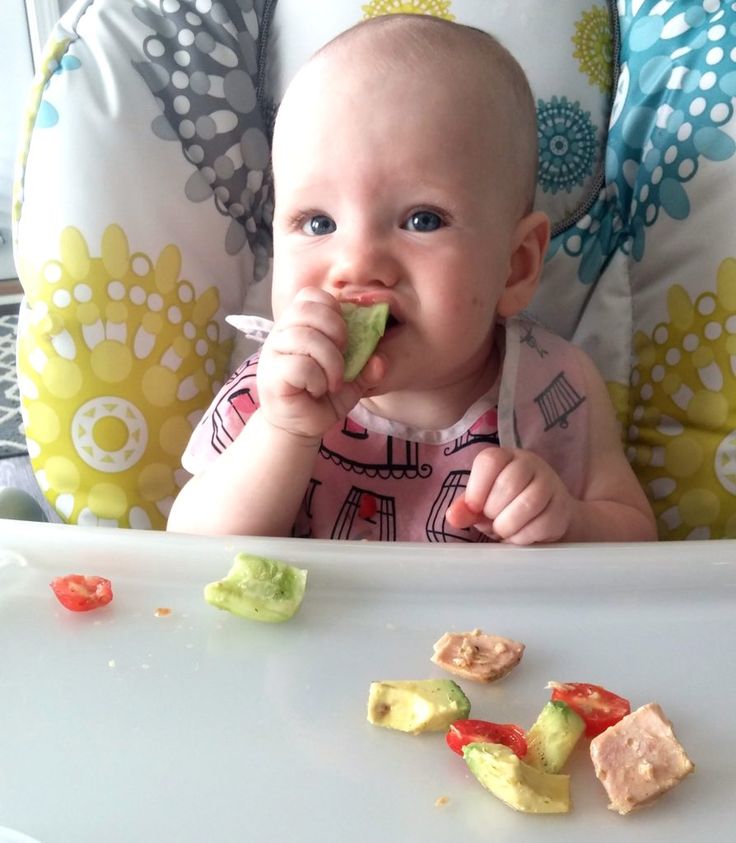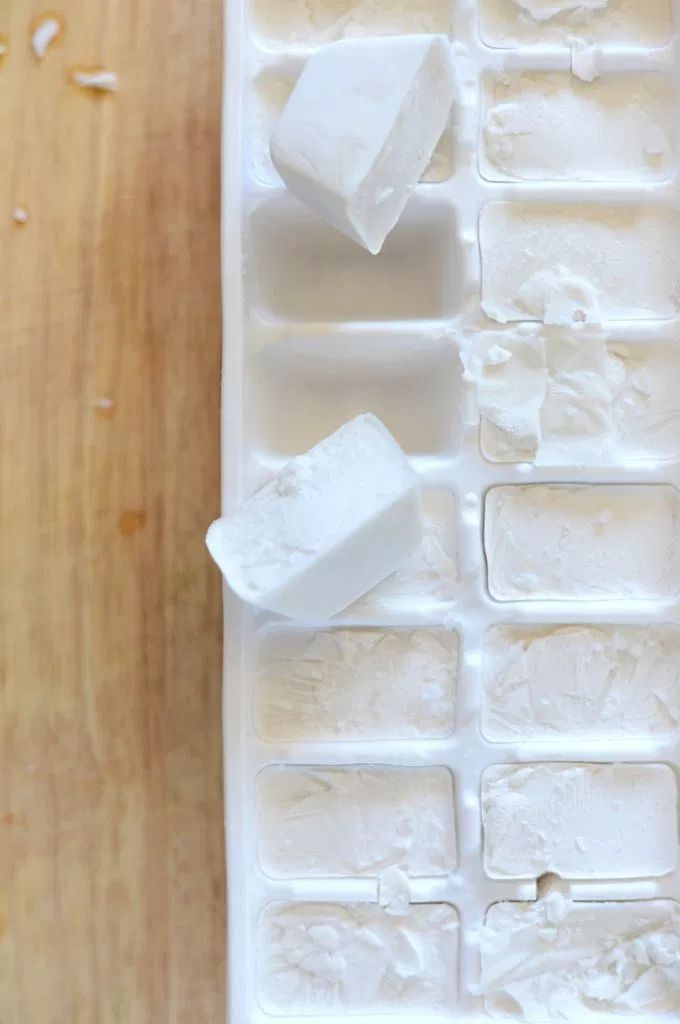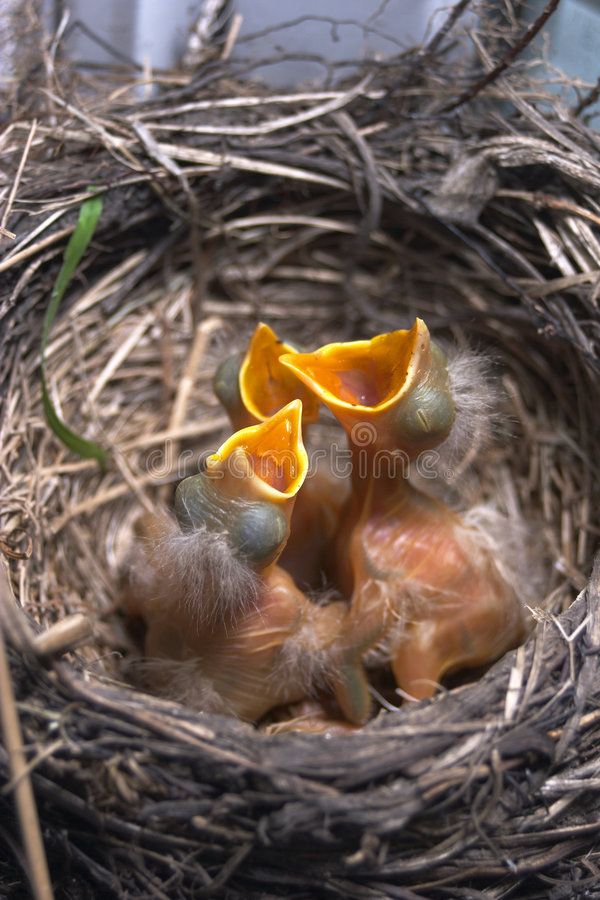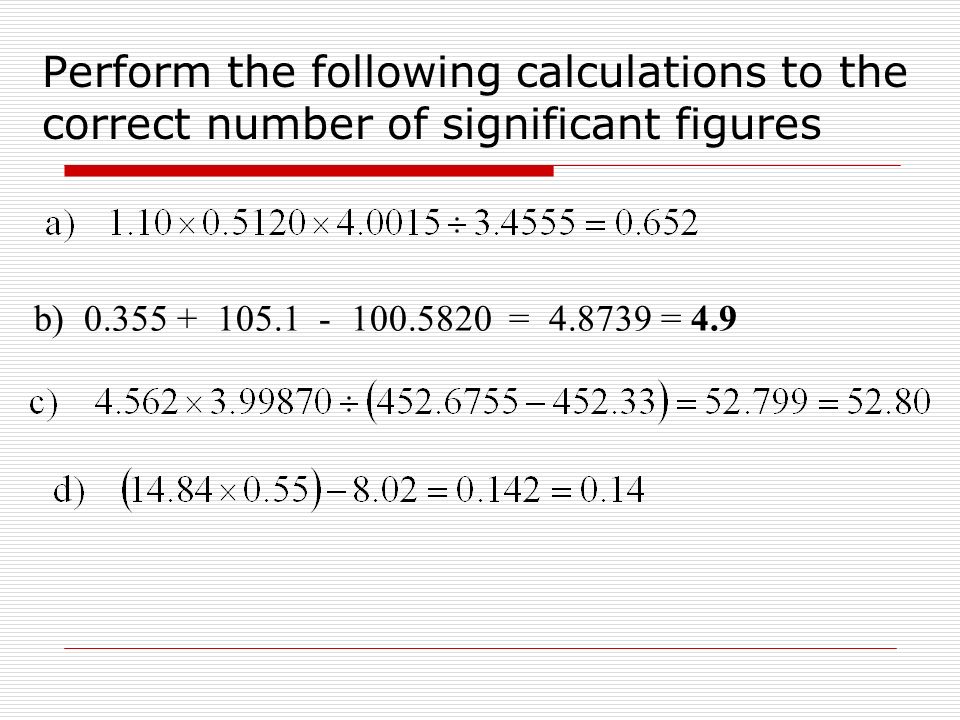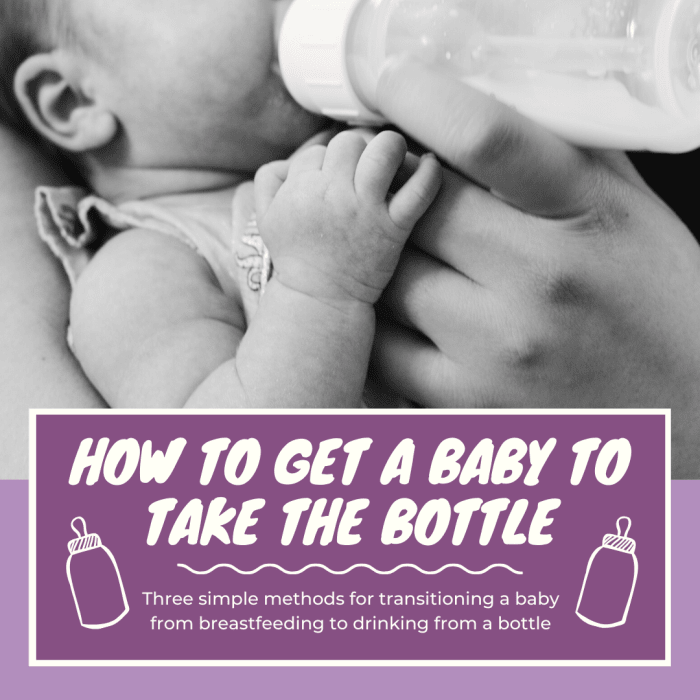What to put in baby fresh food feeder
Ultimate Guide to Baby Feeders: Mesh and Silicone
You may have seen baby feeders, whether mesh or silicone, and wondered what they are for. They are a great tool for feeding babies and toddlers—and are especially awesome for teething relief. There are many on the market though, so today I’m sharing the best of the best.
Baby Feeder
A baby feeder is made up of an easy-hold handle and a little pouch with lots of holes. The idea is that the holes allow some of the flavor and texture of the food to come out, without the concerns that may come with larger pieces of food.
This means you can worry less when it comes to choking risks.
One thing to keep in mind: They don’t allow babies to have the full texture experience of the food—since the texture is mostly the mesh of the feeder. That means you don’t want to use one of these for every meal (or even most meals).
Lots of exposures to lots of textures helps babies and toddlers gain confidence in handling all sorts of foods, which can make feeding kids a lot easier over the long run.
But an infant feeder can be a handy tool to have in the mix, especially if on the go, starting to transition to baby food, or trying out a new food that has you a little nervous.
And they are a great way to offer cold teething relief to soothe baby’s gums.
Baby Fruit Feeder
Many people like to use baby feeders to offer fruit, either fresh or frozen, since the product is a safe way for baby to suck on and explore the flavor of a wide range of fruit.
TIP: Another name for this is Baby Fruit Pacifier.
Best Baby Food Feeders
Below are my top picks for infant feeders chosen for ease of use, durability, and ease of care (as in washing!). There are different materials listed, as well as specific information on each product.
Best Mesh Feeder
Munchkin Baby Feeder, sold in a set of two. (Or choose the ones that come with travel caps.)
This baby feeder has a streamlined, simple design of a mesh bag for the food and a ring for baby to hold onto.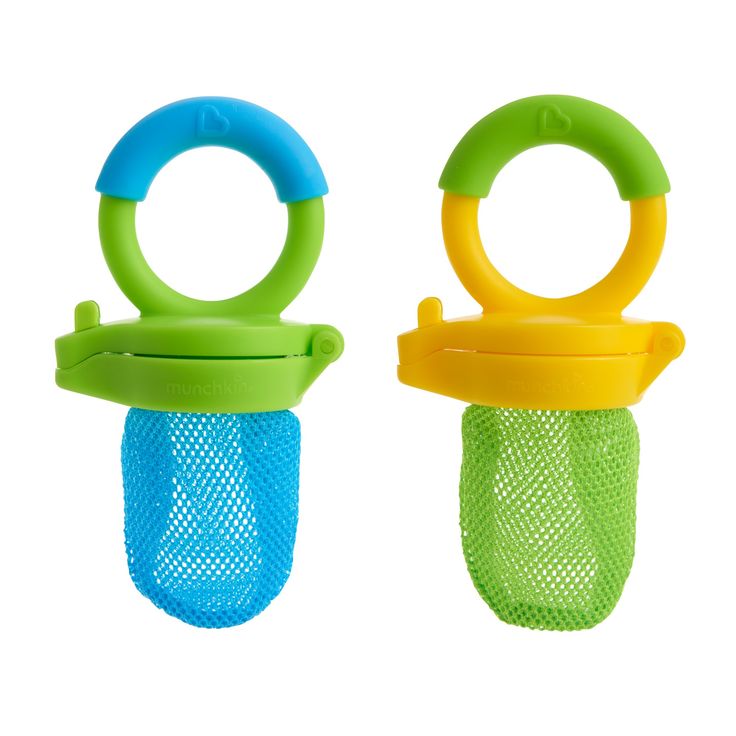 Small, digestible pieces of food come through so baby is getting some nourishment (and comfort if using for teething) without the risk of choking. It’s about $7 for two of them.
Small, digestible pieces of food come through so baby is getting some nourishment (and comfort if using for teething) without the risk of choking. It’s about $7 for two of them.
Best Silicone Feeder
Boon Silicone Feeder
This baby feeder, which is priced at under $6, is made from durable silicone and can be used with fresh or frozen foods. The interior stem forces food toward the tiny holes in the feeder and the small handle is sized just right for baby’s little hands.
Kidsme Baby FeederBaby Feeder Pacifier Combo
Kidsme Food Feeder
This popular Kidsme feeder has a replaceable silicone pouch that comes in two sizes, so you can adjust and replace as your child grows. It has a unique handle style that some babies may prefer and can be used as a pacifier too. It’s usually priced around $15 and is recommended for ages 4-24 months.
What baby foods should I put into a baby feeder?
Here are some fruits that are good to serve in a baby feeder:
- Raspberries, fresh or frozen
- Strawberries, fresh or frozen
- Blackberries, fresh or frozen
- Cantaloupe
- Honeydew
- Banana
- Mango, fresh or frozen
- Roasted sweet potato
- Roasted butternut squash
- Ripe fresh pear
- Fresh cucumber, skin removed
- Watermelon
- Cooked red meat such as steak
- Frozen grapes (These are NOT safe served to a child this age in any other way as they are a choking risk.
 They are fine served inside the feeder, though.)
They are fine served inside the feeder, though.)
TIP: You can use frozen fruit or ripe fresh fruit that’s soft and easy to gum. Avoid any fruits or veggies that are very hard as baby may be frustrated by that texture.
Frequently Asked Questions
What age can baby use a mesh feeder?
Babies can use an infant feeder soon after starting solids around 6 months, or when they can easily hold it and bring it to their mouth.
How do I use a baby feeder to help with teething?
If you fill the feeder, whether mesh or silicone, with frozen fruit, you can soothe teething in infants who are eating solids or in toddlers. It’s cold and yummy, yet requires no real work for the child to suck on, so it’s comforting.
Are all of these baby feeders BPA-free?
Yes, if you choose a mesh baby feeder or one made from silicone, they are BPA-free.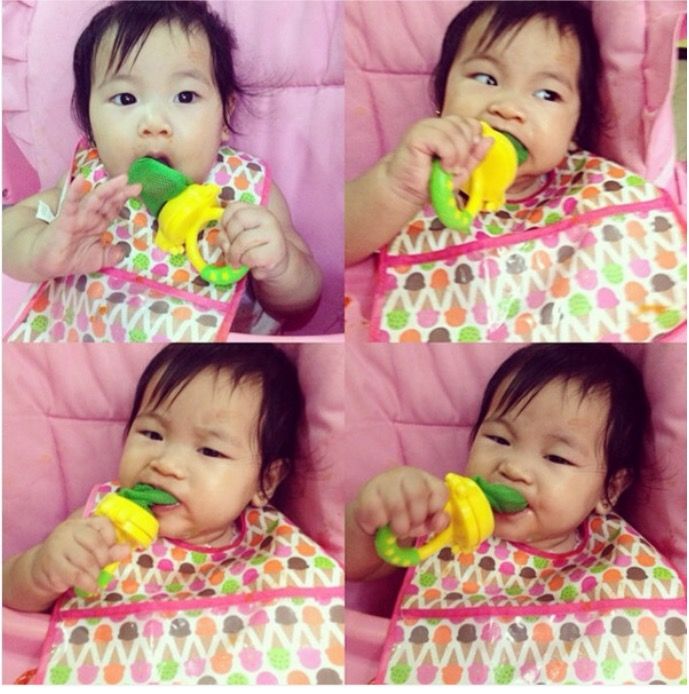
What’s the best way to clean a baby feeder?
Try using a bottle brush or just running water to clean out the mesh. It should be fairly easy to clean if you avoid letting it sit too long with food in it!
Are baby feeders good for babies?
The one downside could be that if you rely on them too much, the child learns the texture of the feeder, rather than of the food. This can make it harder for a child to learn to move actual food around in their mouths and harder for them to accept a range of textures in the future when you don’t want to be using the mesh feeder as much.
Because of that, I recommend using this product at limited times such as when on the go at a restaurant or to help sooth a teething infant, baby, or toddler.
This is not recommended as a way to feed your child at every meal.
If you are worried about choking, review this information on toddler choking and trust that if you serve foods that are easy to squish between your fingers, baby is sitting down at meals, and you are with them, they will learn to eat like so many other kids who have gone before them!
You May Also Like
- Best Baby Puffs
- Favorite Sippy Cups
- Best Snack Containers
- Best Lunch Boxes
- Favorite Suction Bowls
- Top High Chairs
I’d love to hear your thoughts on baby feeders in general or on these specific products, so please comment below to share!
This post was first published May 2019.
Best Foods for a Mesh Feeder
You’ve bought a mesh feeder (also known as a teething feeder) for your baby because you’ve heard they’re a great way to allow your baby to feed himself safely.
But what on earth should you put in it?
One of the most popular foods given in a mesh feeder is banana – probably because pieces of banana can be as slippery as soap and very difficult for your poor baby to pick up! Frozen banana is great too.
But beware – you can ruin your feeder forever if you don’t act quickly to clean it afterwards.
AS SOON as your baby has finished eating, start cleaning the feeder – otherwise, the leftover brown gunk can be very difficult to remove.
Even the dishwasher won’t do a great job if the fruit is left on there for too long.
The best way to get the banana bits out is – quite simply – to hold the mesh feeder under running water and scrub it with a toothbrush (set aside for the purpose) or a stiff dish-washing brush.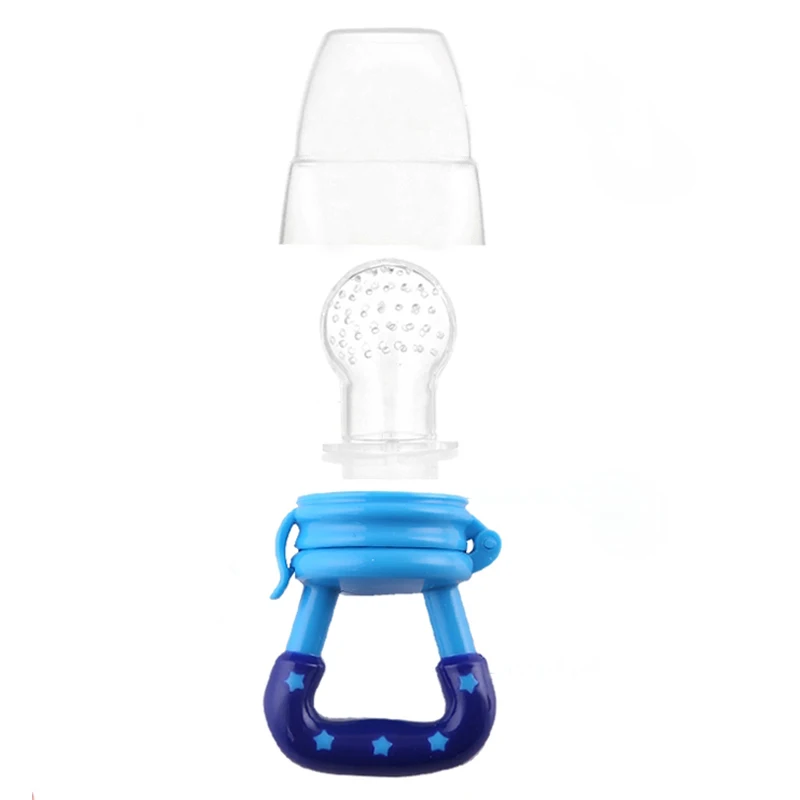 If the bits are particularly stubborn try soaking the bag in a 50/50 mixture of white vinegar and water.
If the bits are particularly stubborn try soaking the bag in a 50/50 mixture of white vinegar and water.
Other great foods for putting in a teething feeder include
- chunks of melon. Try pureeing melon then freezing it – excellent relief from sore gums if your baby is teething.
- raw apple (apples are fairly hard and many parents worry about the choking risk associated with giving them as a finger food. This is a great way to enable your baby to enjoy fresh apples)
- uncooked pear
- frozen blueberries
- grapes (really yummy when frozen!)
- peaches / nectarines
- pieces of fresh or frozen raw carrot
- fresh strawberries (when appropriate)
- fruit popsicles (try freezing your baby’s favourite fruit puree stirred into yogurt. A messy – but delicious and healthy – treat)
- crushed ice or frozen breast milk
Remember – fruits that are placed in a mesh feeder don’t need peeling, because the skin (and any seeds) will stay inside the mesh bag and your baby will just get the mushy flesh.
Some parents also put in soft cooked vegetables (such as sweet potato), although your baby should be able to manage these quite well anyway by just mashing them with his gums!
One last point – teething feeders can be messy, particularly if your little one takes to throwing one around. A way to combat this is to use a pacifier clip to attach the teething feeder to his bib – no more feeder flinging!
Haven’t got a mesh feeder yet?
Teething feeders available online from Amazon…
Fresh Food Feeder (US)
Click here for a UK versionWhat does your baby enjoy eating in his teething feeder?
We’d love to hear how YOU use your mesh feeder – and please feel free to share your feeder cleaning tips, too!
By Author Christine
Posted on Last updated:
Categories Feeding tips
Tags applebananablueberriescarrotgrapesmelonnectarinespeachespearstrawberriessweet potatoteethingTreats for birds: what can I put in the feeder?
0+
7:05
Fixies.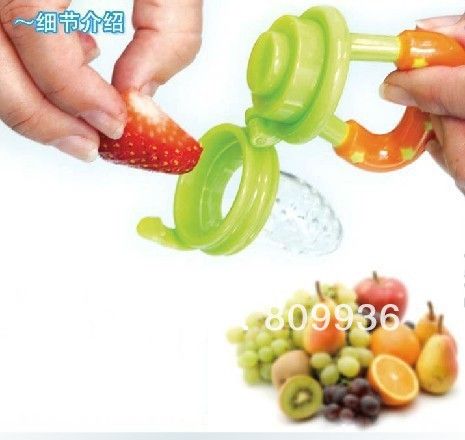 Animated series (With subtitles)
Animated series (With subtitles)
0+
0+
10:00
TriO!
December 27, 2020
Feeding birds in winter is a noble cause. But it is important to give the food that will be useful to them. What can be put in the feeder and what not?
Attention: these types of food are prohibited
- Fresh bread (black, white) - The digestive system of birds is not adapted to digest such food, there are no necessary enzymes. The grain mass clogs the stomach, swells, begins to ferment - this leads to painful sensations, inflammation, obstruction. Do not forget that bread also contains salt and sugar, which are harmful to birds.
- Chips - they contain large amounts of salt, sugar, preservatives. The kidneys of birds cannot cope with such an amount of salt, some is deposited in the joints. Well, fats have a bad effect on the pancreas.
- Snacks like salted nuts, pretzels, cookies for the same reason.

- The remains of any food from the human table - everything that we prepare for ourselves, at least, contains salt, which is contraindicated for birds. And even if you have not salted the dish at all, this does not solve the problem. Perhaps, in itself, it will not bring much harm, but there will still be indirect harm: malnutrition is just as harmful for them as it is for humans. Due to the feeling of satiety, the bird will no longer look for food that is useful for itself - maple seeds, for example - will not receive vital substances for itself and will get sick.
What can be given to birds?
The more types of food you put in the feeder, the more different birds will come to treat you.
- Unsalted and unroasted sunflower seeds and pumpkin will attract tits, sparrows, woodpeckers.
- Berries - viburnum, mountain ash, hawthorn, wild rose are very fond of bullfinches and waxwings
- Dried fruits (without added sugar, glaze) will be eaten with pleasure by both chickadees and bullfinches.
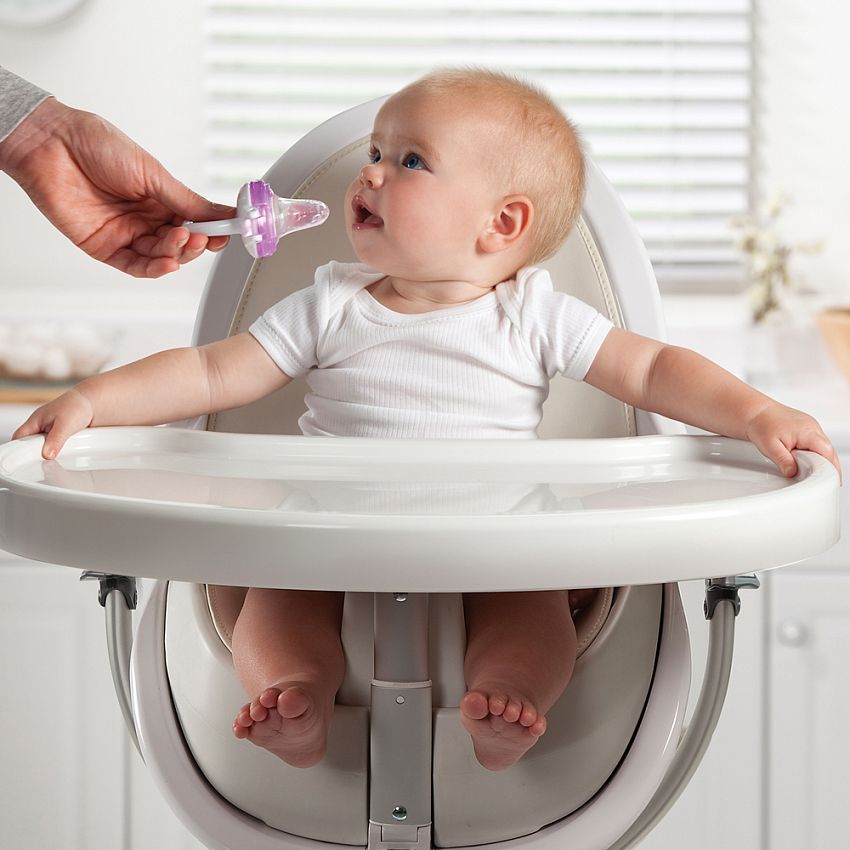
- Salo (unsalted!) is a favorite dish of tits, nuthatches, woodpeckers.
- Slices of fresh or dried apples - jays, bullfinches will definitely try
- Lionfish (panicles with seeds) of maple and ash - the favorite food of bullfinches.
- Corn grains (not canned, of course), pearl barley, barley grits, oats - such a set will especially please sparrows, goldfinches, greenfinches.
- Cones, acorns is an excellent dish for jays, woodpeckers, crossbills.
A real gift for birds - butter ball with seeds and berries . To cook it, you need to slightly melt the butter to the state of thick sour cream, mix the seeds into it and freeze again, not forgetting to put a string or ribbon. If you use different shapes, you will also get decorations for trees.
And most importantly, don't forget to fill the feeder regularly!
Also read:
11 birds with superpowers
Misconceptions and myths about animals: the hedgehog doesn't like apples!
How to teach a child to take care of nature and why is it important?
Photo: Peter Vanco, Artem Kutsenko, posteriori, Oksana_Schmidt/Shutterstock.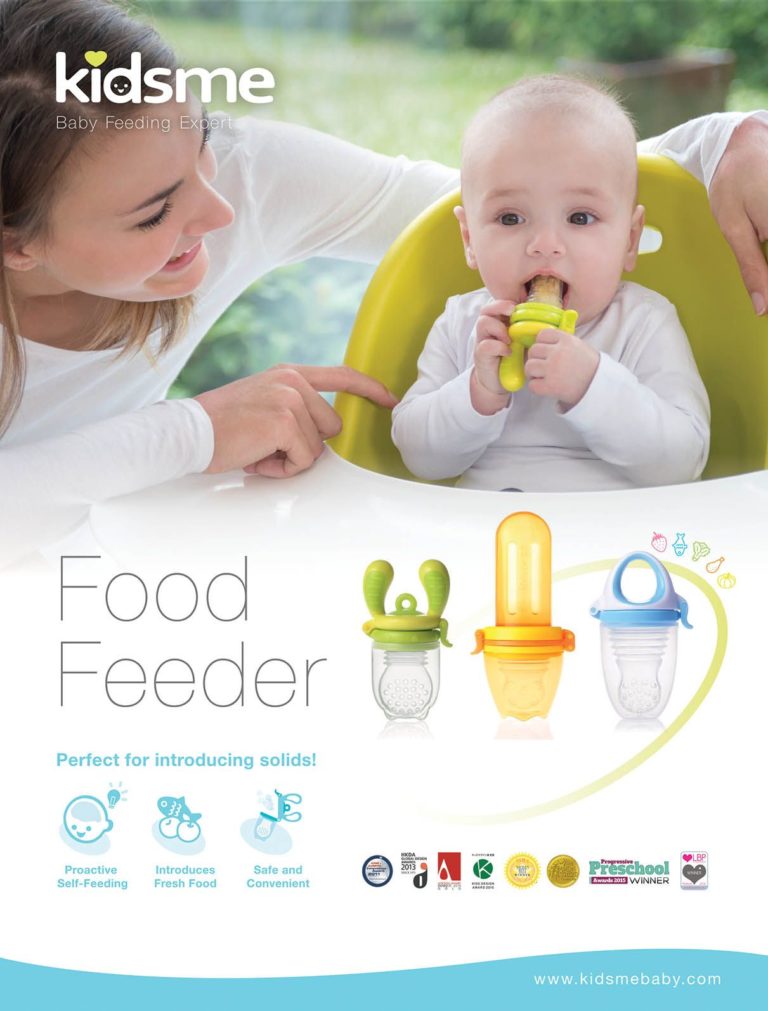 com; Oldiefan/Pixabay.com
com; Oldiefan/Pixabay.com
tipsdevelopment
Want to send us a message?
Go to
On the website of the O!
used cookies
FEED THE BIRDS IN WINTER
Friends!
Colds are coming, and we traditionally begin to feed the birds, laying out food in feeders and hanging lard on trees. THE BOTANICAL GARDEN-INSTITUTE ACCEPTS BIRD FEED AND PROTEIN. We have a lot of feeders in the Arboretum, and in winter we regularly monitor their fullness. Well-fed birds survive the cold more easily and are more likely to survive until spring.
Feed the birds in winter!
Let from all over
They will flock to you, like home,
Stakes on the porch.
Their food is poor.
A handful of grain is needed,
One handful - and they will not be afraid of winter.
How many of them die - do not count,
It's hard to see.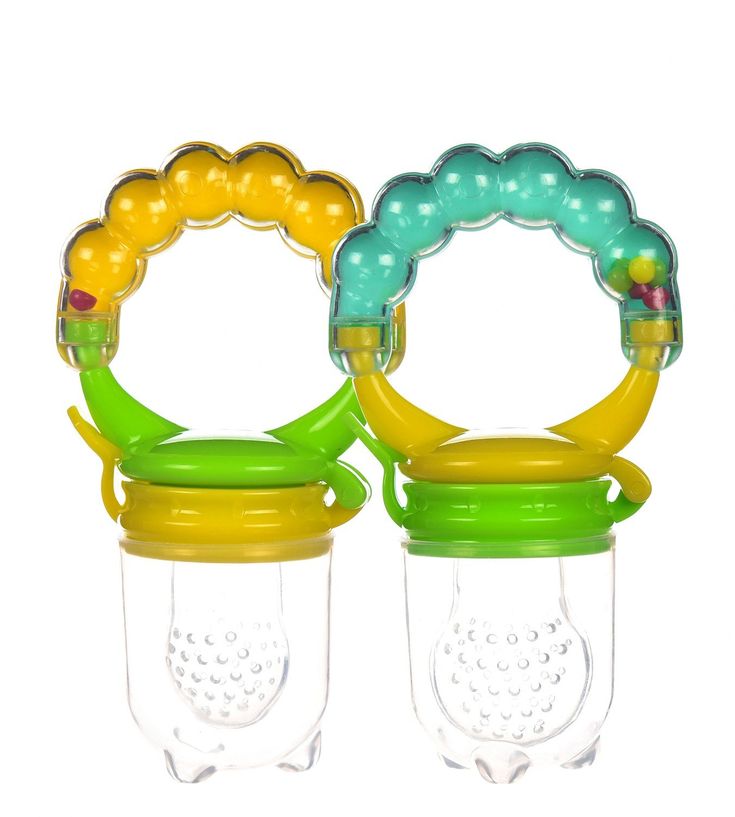
But in our heart there is
And the birds are warm.
Is it possible to forget:
Could fly away,
And stayed for the winter
Along with people.
Train Your Birds in the Cold
To your window,
So that without songs it was not necessary
We welcome spring!
Alexander Yashin
What can you feed the birds in winter
In winter, each type of bird eats a certain type of food. The species composition of visiting birds will also depend on what you pour into the feeder. The following are the main foods that can be used in winter top dressing:
1. GRAINS - MILLET, OATS, WHEAT
The favorite food of some birds are the seeds of various plants, especially cereals. Sprinkling millet or oats into the feeder will attract sparrows, goldfinches and other grain-eating birds. Birds in winter can be fed with wheat bran, hard oatmeal, poppy seeds, pearl barley. Some birds eat corn and watermelon seeds, which must be crushed beforehand.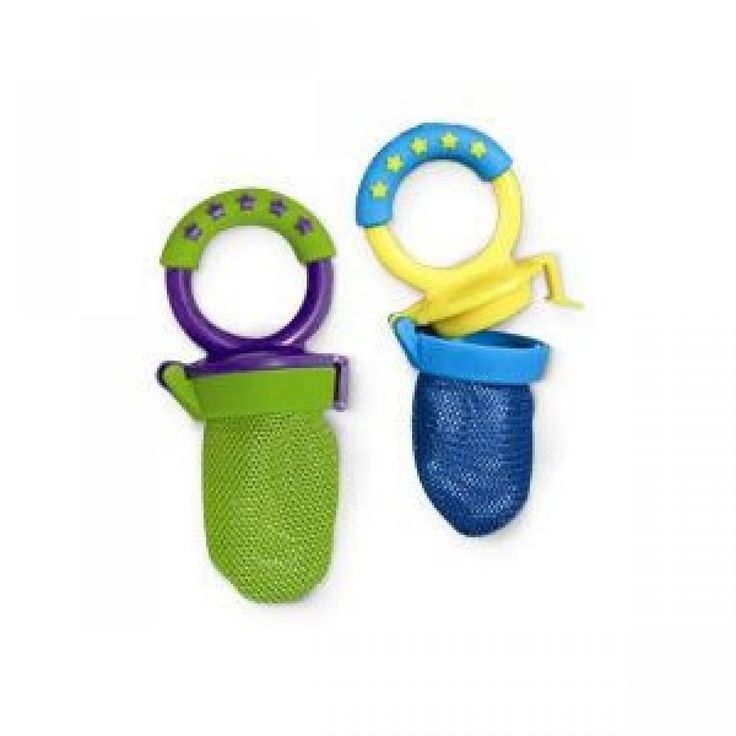 If you are interested in breeding useful birds in your garden, then in the fall prepare weed seeds - nettles, quinoa, burdock, thistles, and pour them into the feeder in winter. But keep in mind that this will be only an insignificant addition to the main feed. it is more correct to plant mountain ash, viburnum, hawthorn, buckthorn, bird cherry and other berry trees and shrubs on your feeding area.
If you are interested in breeding useful birds in your garden, then in the fall prepare weed seeds - nettles, quinoa, burdock, thistles, and pour them into the feeder in winter. But keep in mind that this will be only an insignificant addition to the main feed. it is more correct to plant mountain ash, viburnum, hawthorn, buckthorn, bird cherry and other berry trees and shrubs on your feeding area.
2. SUNFLOWER SEEDS
The most versatile food for wintering birds. It can be eaten by both granivorous birds and tits, nuthatches, woodpeckers. The large amount of vegetable fats inside sunflower seeds makes them an important source of energy in cold winter conditions. If there is monotonous food in the feeder, sunflower tits will look for additional protein animal food.
3. SALO, MEAT
These products can also be used for winter bird feeding. They are very fond of tits, nuthatches and some other species of birds. But it is worth remembering that only unsalted lard or meat can be offered to birds.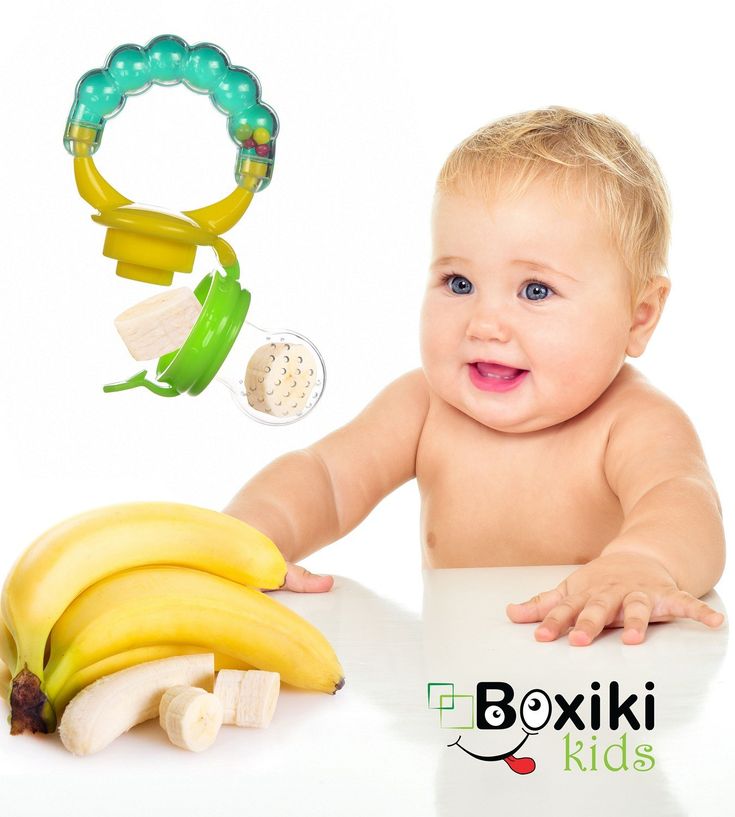 As a rule, pieces of bacon are strung on twine, which is hung on tree branches. Top dressing from fat or meat should be placed in such a way that it does not go to crows, magpies, jackdaws, as well as cats and dogs.
As a rule, pieces of bacon are strung on twine, which is hung on tree branches. Top dressing from fat or meat should be placed in such a way that it does not go to crows, magpies, jackdaws, as well as cats and dogs.
You can put a small piece of butter in the feeder. On especially frosty days, this product will help the birds survive.
4. DRIED ROWAN AND HAWTHORN, ROSE HIP, VELLOW
Berries of mountain ash and hawthorn attract the most beautiful winter birds - bullfinches and waxwings, mountain ash.
Dried berries and fruits. Make a bunch of dried fruits and berries. Using a needle, put pieces of dried apples, pears, plums, apricots on a strong thread, form a lump and hang near the feeder. You can offer the birds the pulp of a pumpkin. Cut through "windows and doors" in it, so that the birds can get inside. They themselves will choose what to try - seeds or pulp. Tie a small pumpkin by the tail with a strong rope and hang it from a thick branch.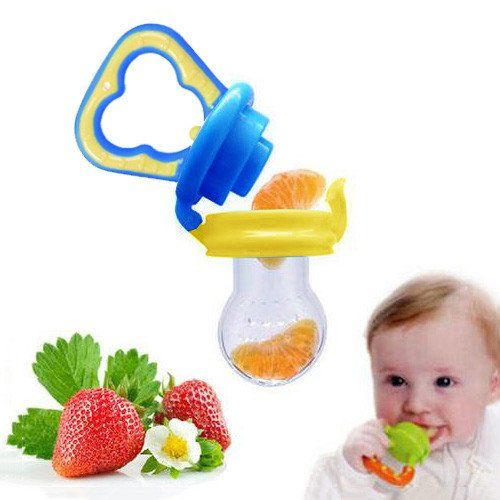
Apples that start to spoil should also not be thrown away. Cut the apple in half, put it in a feeder or hang it on a wire.
5. MAPLE AND ASH SEEDS
The seeds of these trees are also called lionfish. Most of them fall from the trees and become inaccessible to birds. Lionfish are harvested in autumn and hung on feeders. Bullfinches, waxwings and some other visitors to bird canteens like to eat them.
6. FOREST NUTS, CONES, ACORNS
Cones are the main food of crossbills and woodpeckers in winter.
Jays have been stocking acorns since autumn, hiding them in secluded places. In winter, hidden food is a good help. Having prepared cones, nuts and acorns since autumn, you can attract not only woodpeckers and jays, but also squirrels to your feeder.
7. CALCIUM SUPPLEMENT
During the nesting period (not necessarily in winter), garden guests still need to be fed foods that contain calcium. You can put pre-boiled, ground eggshells or pieces of chalk to the feeder.![]()

